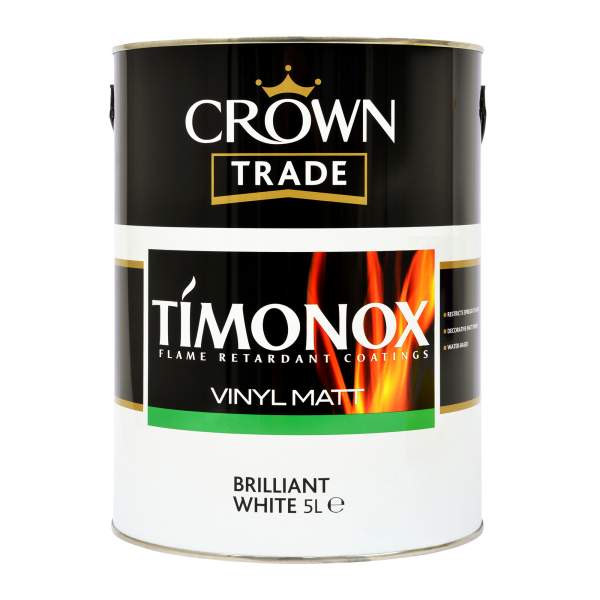Fire-resistant paint has become a key factor in modern construction, significantly enhancing building safety. With the increasing risks posed by fires in homes, businesses, and even industrial spaces, protecting structures has never been more crucial. This cutting-edge solution is perfect for architects, builders, and homeowners looking to add an extra layer of fire defence.
 Photo by Quang Vuong
Photo by Quang Vuong
What is fire-resistant paint?
Fire-resistant paint is a specially formulated coating designed to slow the spread of fire on various materials. Unlike standard paint, fire-resistant paint reacts to high temperatures by creating a protective barrier to prevent flames from penetrating the underlying surface. Its primary role is to reduce fire damage and enhance the safety of a structure.The Science Behind Fire Resistance
When exposed to extreme heat, fire-resistant paint undergoes a chemical reaction. Many types of this paint are intumescent, which means they swell up to form an insulating layer. This barrier keeps the heat from reaching the material beneath. An example is the Fire Barrier Paint, which creates thick carbon layers that effectively shield surfaces.Common Types of Fire-Resistant Paint
There are several types of fire-resistant paint depending on your project requirements:- Water-Based Paints: Suitable for indoor projects, these are eco-friendly and low in odour.
- Solvent-Based Paints: Ideal for outdoor applications due to their durability under harsh weather.
- Epoxy-Based Paints: Best used in industrial settings as they can withstand heavy-duty operations and high temperatures.
Key Benefits of Fire-Resistant Paint
Using fire-resistant paint goes beyond mere aesthetics—it acts as an important safety measure.Enhancing Safety and Fire Protection
This paint slows the spread of flames, providing precious minutes for evacuation. Studies show that fire-resistant coatings significantly reduce fire damage, making both homes and commercial buildings safer. You can find quality options for structural protection from RDR Technologies.Durability and Long-Term Protection
Fire-resistant coatings are built to last. Their effectiveness depends on factors like environmental conditions and maintenance. For example, if properly applied and maintained, epoxy-based coatings can outlast many other types.Applications of Fire-Resistant Paint
This type of coating lands its utility across many different environments, meeting both residential and commercial needs.Protecting Structural Materials
From steel to wood to concrete, fire-resistant paint works on a range of materials. It’s a popular choice for projects involving beams or frameworks in buildings. During wildfires or accidents, this additional protection could save lives. For more on material-specific solutions, IPP Magazine offers detailed insights. Photo by Quang Vuong
Photo by Quang Vuong

